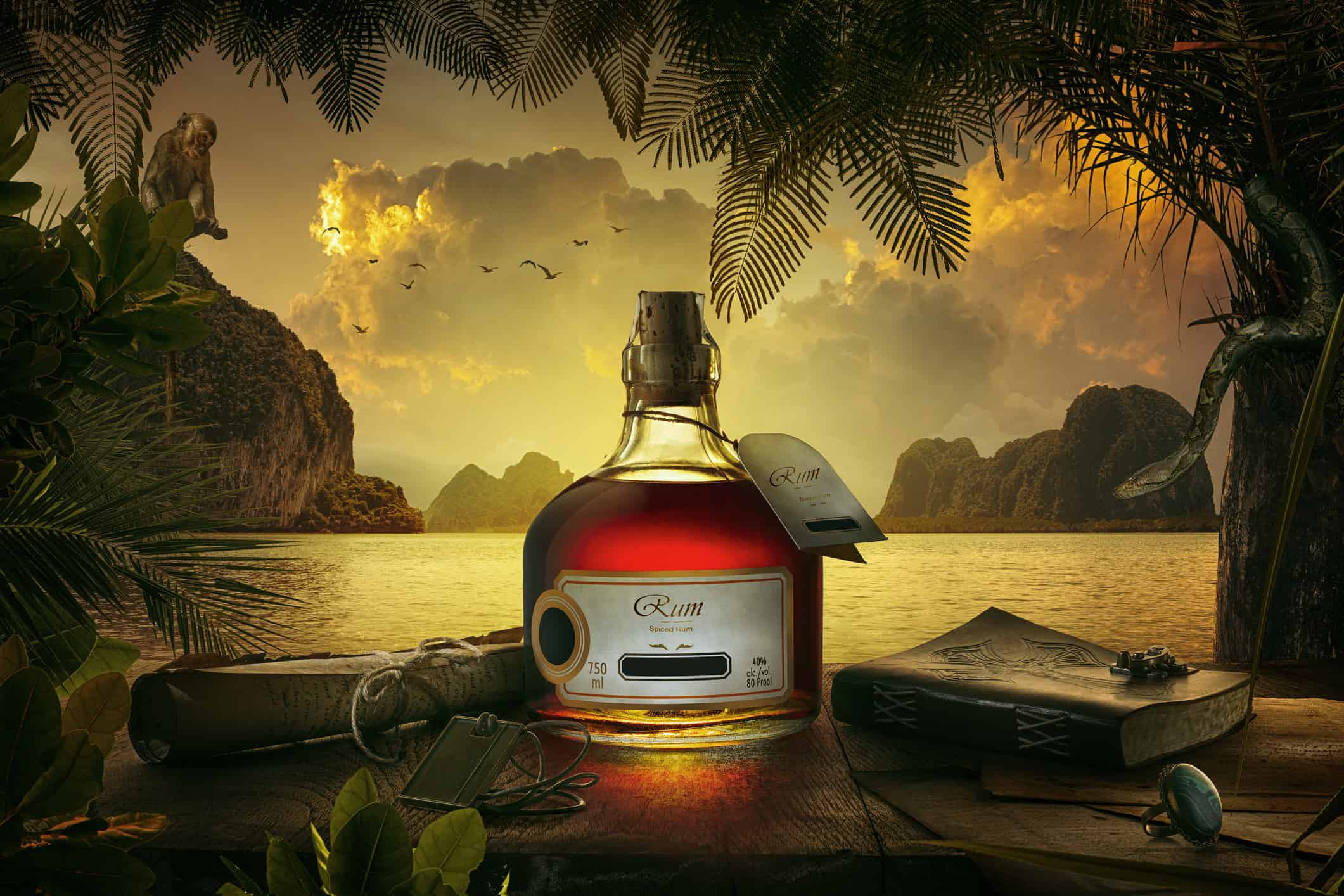Rum is a liquor that is usually made by fermenting and distilling sugarcane juice or sugarcane molasses. The liquid is usually clear, however, there are more dark rums. The origin of rum started in Barbados, a Caribbean island. The Caribbean is famous for its rum, its beaches, and its pirates. Pirates lived in various places throughout the Caribbean and during the 1600s and 1700s, they were known to be quite the rum drinkers. Of course, in today’s world, rum can be made anywhere. All you need is sugarcane, of course. The top eight countries that produce rum are located all over the world.
In terms of production, let’s find out the eight countries that produce the most rum. We’ll give you a little history of their rum production and some rough numbers, too.
Barbados
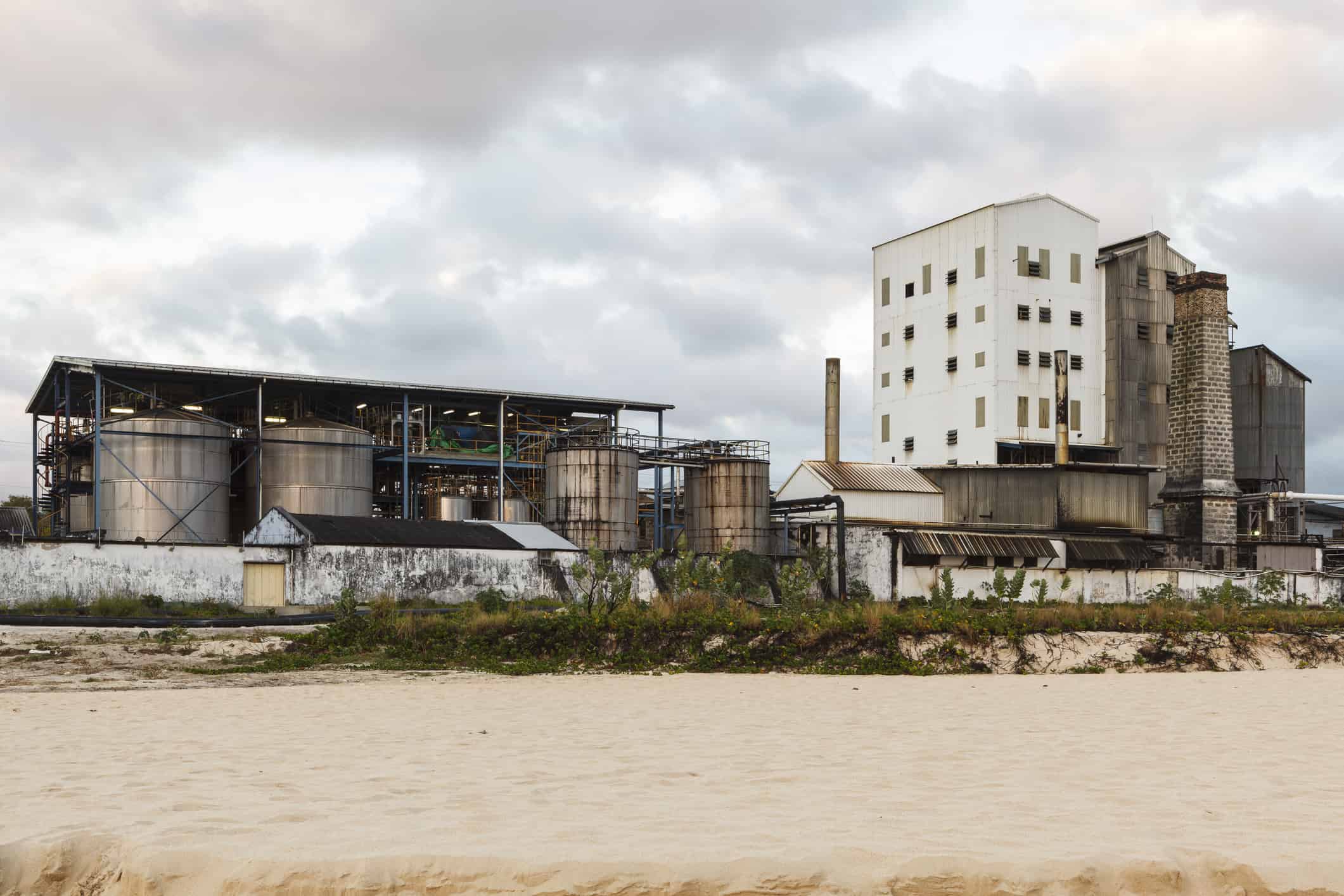
The island nation of Barbados is part of the British Commonwealth and used to be a British colony.
©RAUL RODRIGUEZ/iStock via Getty Images
Rum was born in Barbados. The reality of the matter is that the island nation continues to make some of the best rum in the world. There are a lot of sugarcane plantations in Barbados and so that is how they started distilling rum. It all started in the 1640s and in fact, Mount Gay is the oldest rum distillery in the world. It opened in 1703.
During the 18th century, Barbados was exporting a whopping 1 million gallons of rum to North America alone. In Barbados, around 200,000 cases of rum are consumed. There are four major distilleries including the West Indies Rum Distillery, Mount Gay Rum, St Nicholas Abbey, and Foursquare Rum Distillery. Barbados produces about 4 million cases of rum per year.
United States
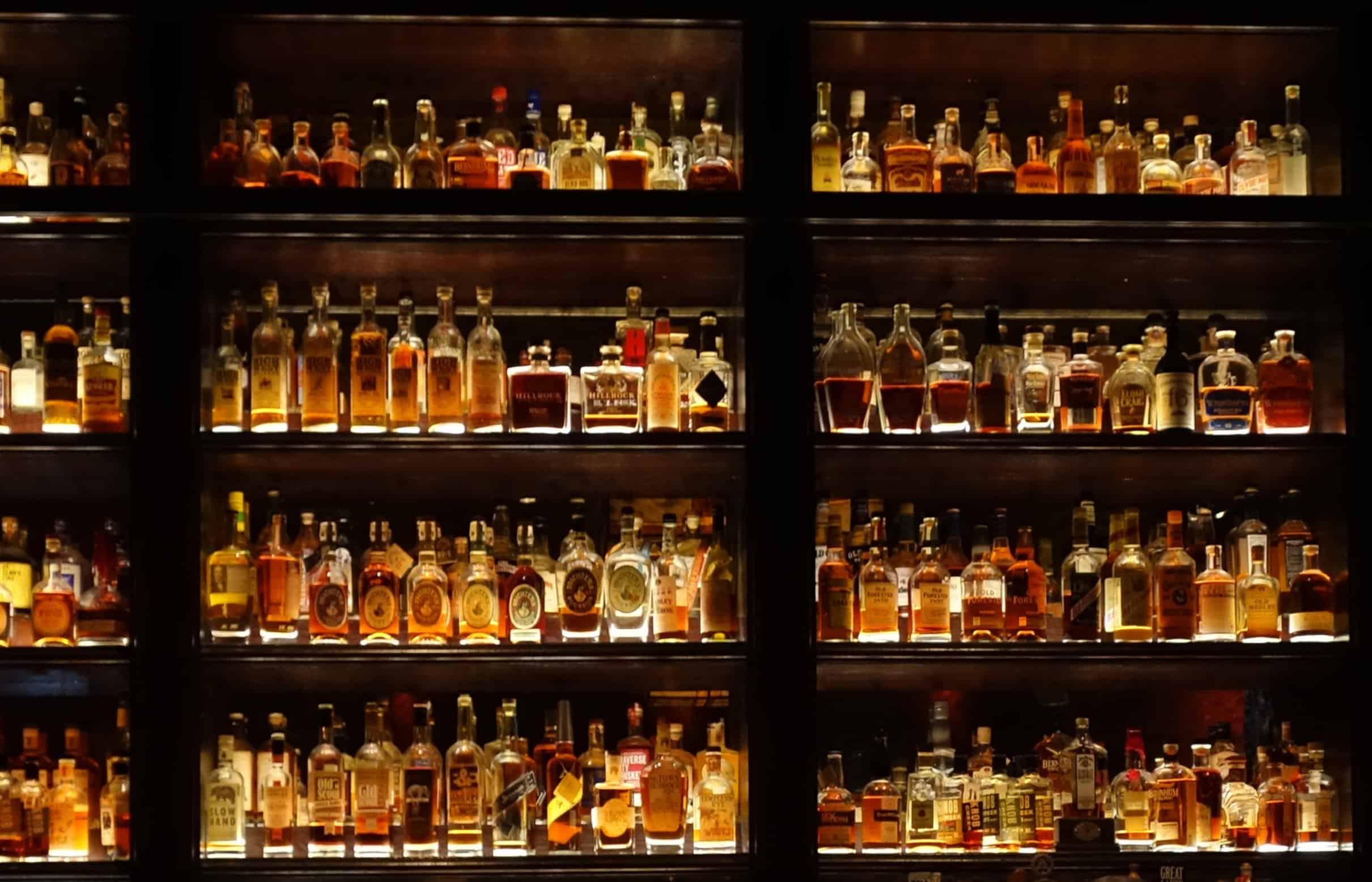
The US has the largest economy in the world and is one of the largest producers of several liquors including rum and whiskey.
©snoopaya/iStock via Getty Images
The United States has been producing rum since the 1700s. Because of its proximity to the Caribbean islands and the transatlantic trade between the US and Europe, it seemed like a great idea to start distilling rum.
The United States, however, had rough years during prohibition. Although, there were several people involved in the bootlegging of alcohol, which included rum. Americans have started to innovate in terms of how to create good rum.
The state of Hawaii and the Puerto Rican territory have the capability of farming sugar cane with a unique flavoring. This is why the United States is home to more than 80 companies that produce rum, including one of the most famous brands in the entire world, Bacardi. The rum industry has managed to sell a whopping 24 million cases of rum in recent years.
Philippines

The Philippines was a Spanish colony for over 300 years, from 1565 to 1898.
©Chaodao Zhang/iStock via Getty Images
It makes sense that the Philippines would be on this list. Its tropical climate is perfect for sugarcane plantations, which means that rum can be produced very easily. The Philippines has produced rum for around 200 years. The rum produced is both white and dark and, interestingly enough, the country is home to the largest rum producer in the world. Tanduay Distillers sold 27 million cases of rum in 2022. The Philippines is the largest rum producer in Asia, with India being a close second, and among the largest in the world.
Cuba
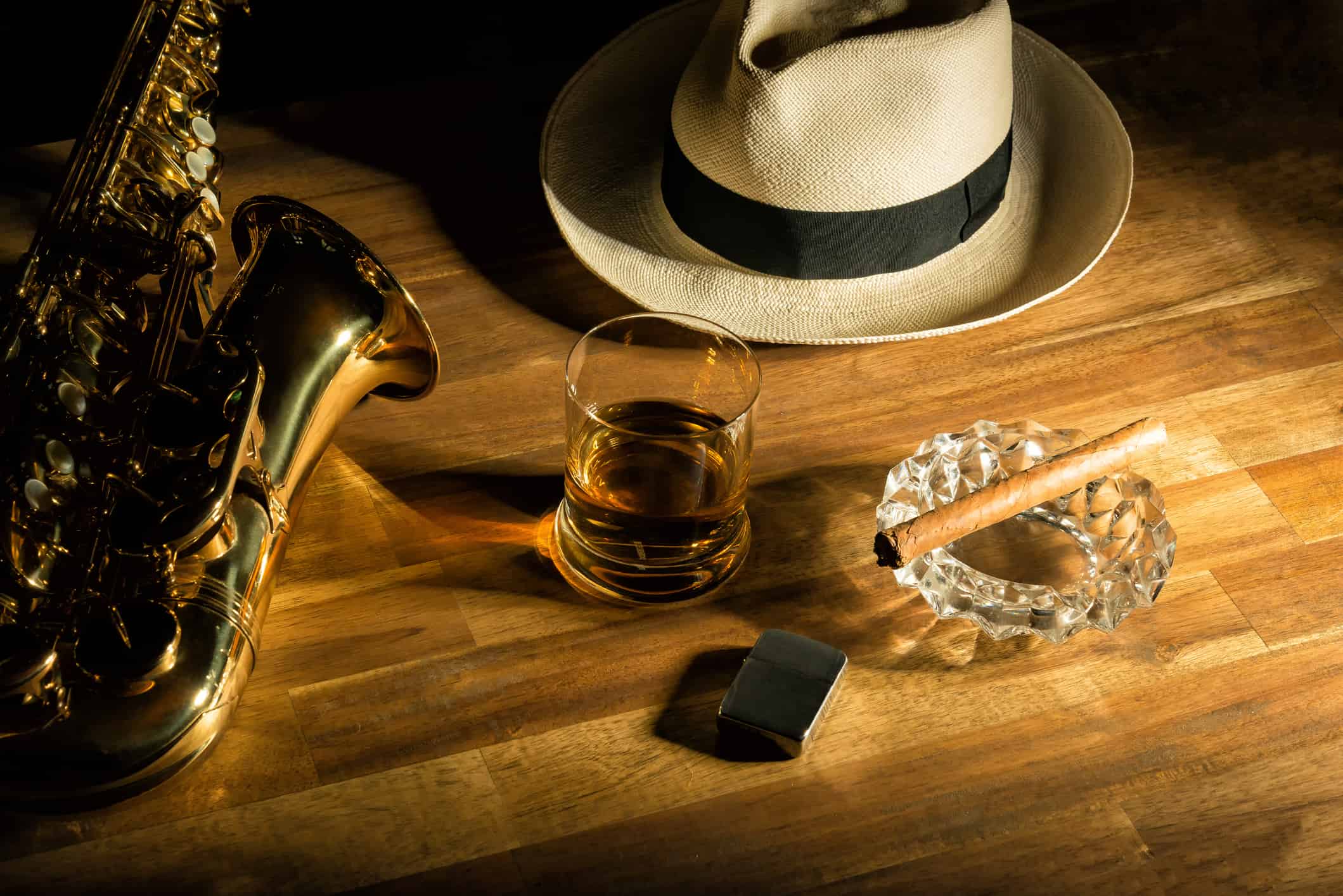
Ernest Hemingway lived in Cuba on and off throughout the 1940s and was famous for a Cuban rum mixed drink — it was called a Papa Doble, which was a Daiquiri with Italian Maraschino liqueur and grapefruit juice.
©Cameris/iStock via Getty Images
Some of the most famous rums in the world come from Cuba. So it comes as no surprise that Cuba is one of the top rum-producing countries in the world. Cuba offers the person drinking the rum a unique flavor just like Barbadian rum or Jamaican rum. It was in the early 16th century that sugarcane made its way into Cuba.
Rum began in the form of aguardiente, which is another form of liquor that is distilled. Aguardiente means “firewater” in Spanish. The sugarcane business, and the rum production business, started to flourish over the next decades. By the 20th century, Cuban rum had made its way to the United States and other places throughout the world.
Jamaica
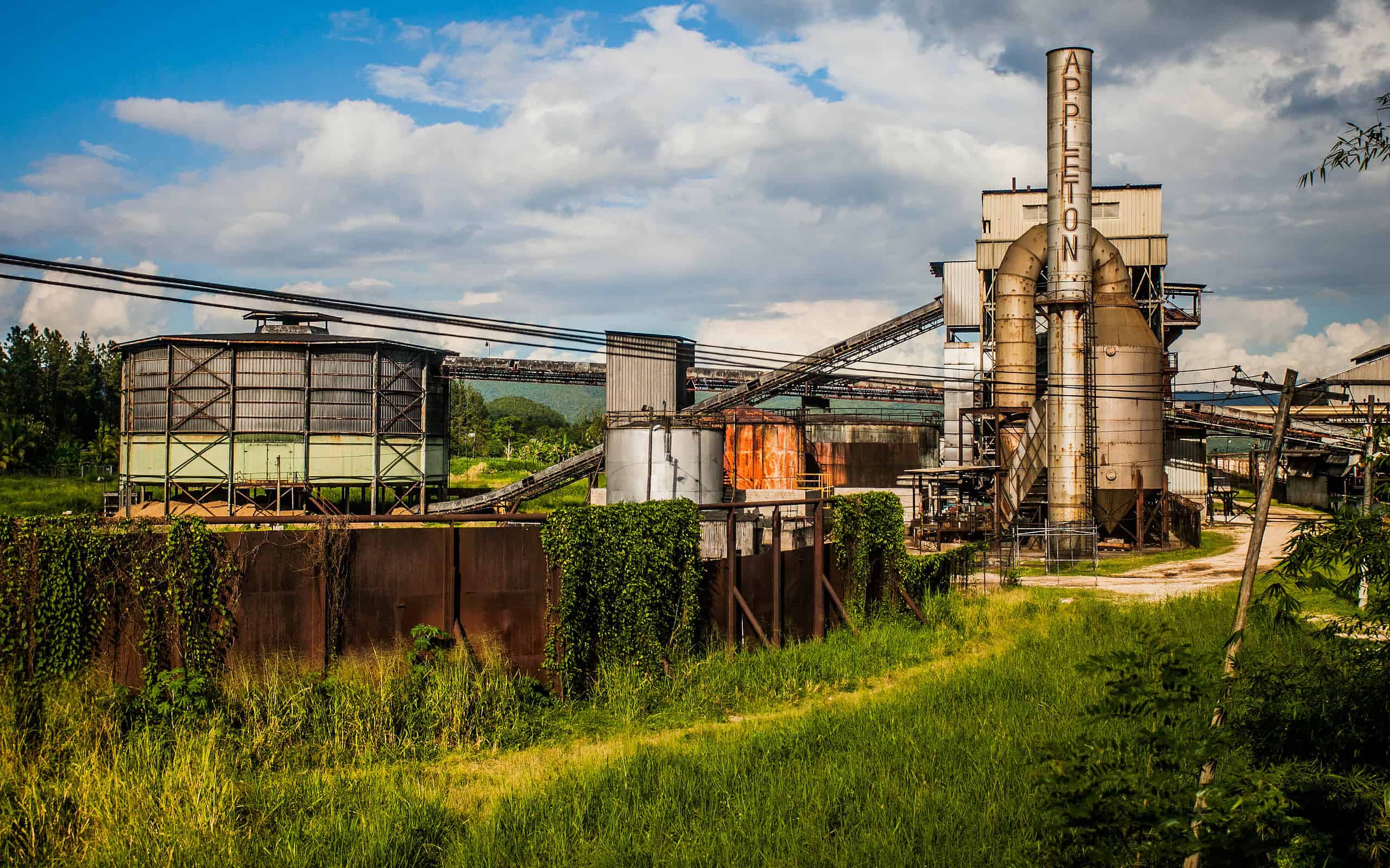
The island nation isn’t just famous for its rum, but it is also famous for its pristine white beaches, its delectable coffee, and for being the birthplace of reggae.
©GummyBone/iStock via Getty Images
Jamaica is located in the Caribbean which means that its weather is prime for sugarcane farming. When there is sugarcane farming, rum can be distilled. And the best part is that Jamaica produces some of the best rum in the world.
It all started in 1749 when Appleton Jamaica started distilling rum. By the early 1890s, there were 555 acres of sugarcane being farmed and there were about 148 distilleries located throughout the island nation. In the next 100 years, the number of distilleries has decreased. There are now only five distilleries located in Jamaica, but they produce 7.5 million gallons of rum every year.
Martinique
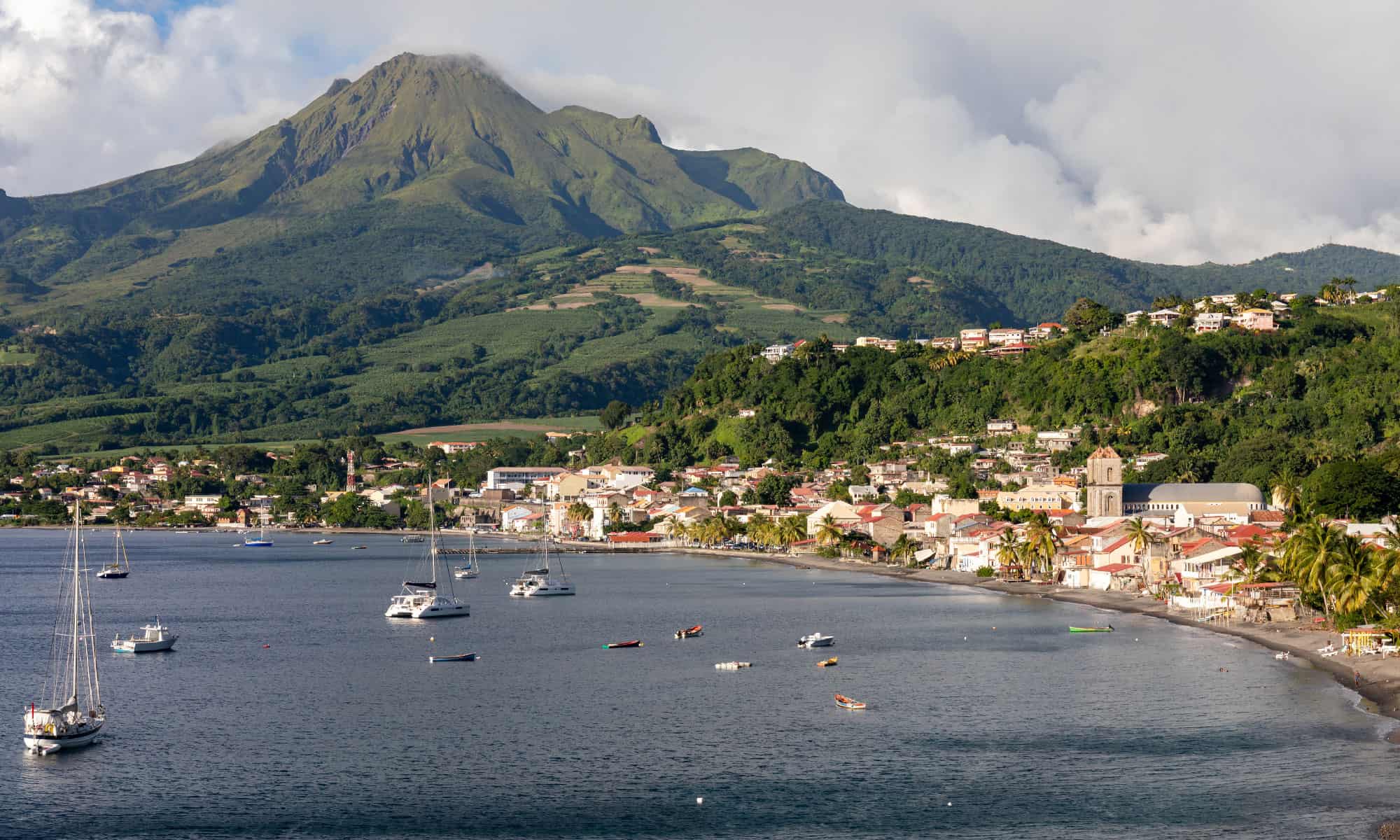
With a population of just over 350,000, Martinique is a French overseas territory.
©iStock.com/thierry64
Another island in the Caribbean, Martinique is not only a top rum producer but also makes some of the best rum in the world. The island territory of Martinique produces about 4.2 million gallons of rum every single year, of which 3.1 million is exported to other countries around the world. The French territory employs close to 4,000 people in the rum industry.
Martinique also has the distinction of being the only country to produce AOC Martinique Rhum Agricole, meaning they are the sole place where the particular sugarcane grown on the island can produce that rum. Some of the more popular rum brands that hail from the island territory include Clément, Saint-James, Trois-Rivières, La Baie des Trésors, and Maison La Mauny.
India

The country of India is the largest producer of milk and jute in the world.
©ClaudineVM/iStock via Getty Images
India is the second largest producer of several crops including rice, wheat, and sugar cane. Because rum is made from fermented sugar cane, it comes as no surprise that India would be on this list as a top producer of rum.
The liquor distillation process has not been a new thing for India. Because India was part of the British Empire for many years, the country also is a top producer of whiskey.
India is also home to the oldest rum distillery in Asia. The locations in the country where rum is distilled include West Bengal, Kerala, and Goa. Interestingly enough, India’s rum is usually sweeter and darker and that’s because sometimes they use molasses to make the rum. They have the same process with whiskey — making it from molasses.
Australia
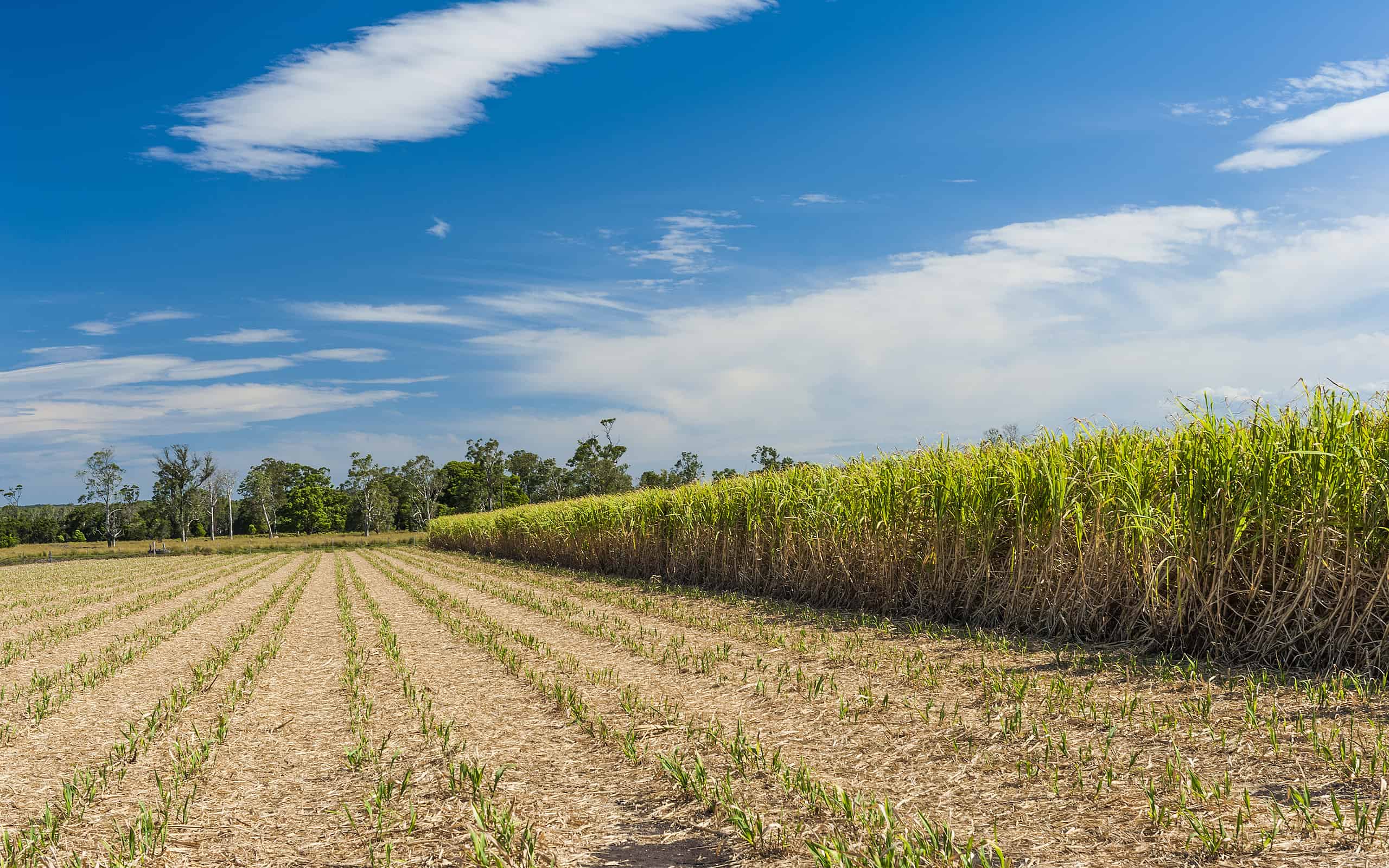
Besides rum, Australia is also famous for producing wine and whiskey.
©Fyletto/iStock via Getty Images
The Australian rum industry is something relatively new. The first distillery opened up in 1879 however, Australia’s history with rum started back in 1808. The story goes that officers of the New South Wales Corps marched to Governor William Bligh’s office and arrested him, practically staging a coup. It was the only time in Australian history that this happened. Although not named as such at the time, this overthrow became known as the “Rum Rebellion” because the New South Wales Corps was involved in the rum trading business.
Today, Australia has many rum distilleries located all around the country. Altogether, they produce millions of gallons of rum every year, of which they export the majority of them. Some of the most famous rum brands that hail from Australia include Black Gate Distillery, Husk Distillers, Illegal Tender Rum Co, and Mt. Uncle Distillery.
Thank you for reading! Have some feedback for us? Contact the AZ Animals editorial team.

